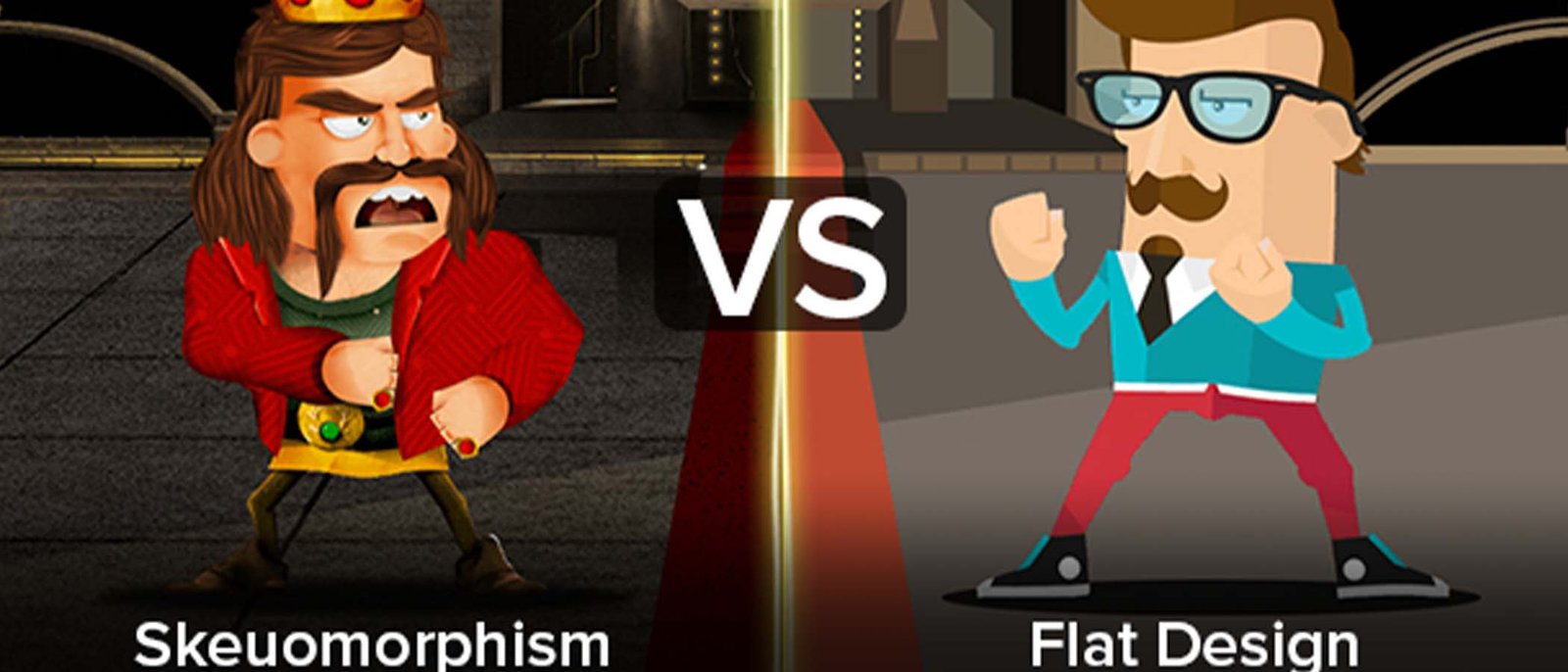Exploring Illustration Styles for Web Design: From Flat to Skeuomorphic
Introduction: Illustrations are powerful tools in web design, shaping the visual identity and user experience of websites. Among the diverse range of illustration styles, two prominent approaches stand out: flat design and skeuomorphic design. In this article, we’ll delve into the characteristics, applications, and examples of these illustration styles, along with the tools that can help bring them to life.
Flat Illustration: Flat design is characterized by its simplicity, utilizing clean lines, vibrant colors, and minimalistic details. Popularized by companies like Apple and Google, flat illustrations offer a modern, streamlined aesthetic that aligns well with contemporary web design principles. Tools like Adobe Illustrator, Sketch, and Figma provide designers with the necessary features to create flat illustrations effortlessly. For example, Adobe Illustrator’s vector tools allow for precise shape creation and color manipulation, essential for achieving the crisp, minimalist look of flat design.

Skeuomorphic Illustration: Skeuomorphic design aims to mimic real-world objects and textures, incorporating lifelike details, shadows, and textures. While this style fell out of favor with the rise of flat design, it has seen a resurgence in recent years, particularly in UI/UX design for apps and websites. Tools such as Adobe Photoshop and Procreate offer designers the flexibility to add depth and realism to their illustrations. For instance, Adobe Photoshop’s layer styles and blending modes enable designers to create lifelike textures and lighting effects, essential for achieving the tactile realism of skeuomorphic design.
Conclusion: Whether opting for the sleek simplicity of flat design or the tactile realism of skeuomorphism, choosing the right illustration style is essential for effective web design. By leveraging the appropriate tools and techniques, designers can create visually engaging websites that resonate with their target audience, enhancing the overall user experience.











